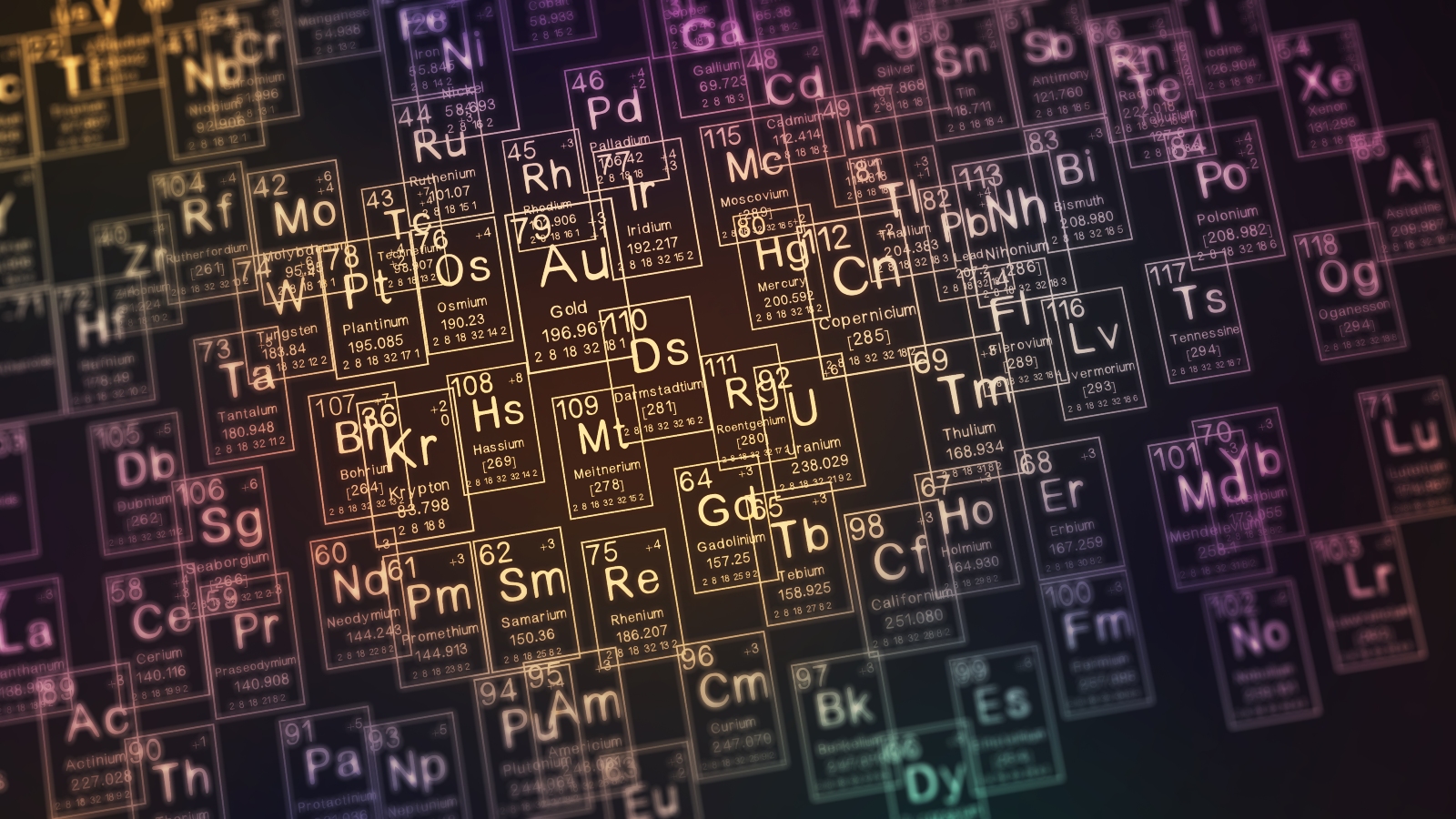IJMS, Vol. 24, Pages 10276: 7-Ketocholesterol Promotes Retinal Pigment Epithelium Senescence and Fibrosis of Choroidal Neovascularization via IQGAP1 Phosphorylation-Dependent Signaling
International Journal of Molecular Sciences doi: 10.3390/ijms241210276
Authors: Haibo Wang Aniket Ramshekar Thaonhi Cung Chris Wallace-Carrete Chandler Zaugg Jasmine Nguyen Gregory J. Stoddard M. Elizabeth Hartnett
Accumulation of 7-ketocholesterol (7KC) occurs in age-related macular degeneration (AMD) and was found previously to promote fibrosis, an untreatable cause of vision loss, partly through induction of endothelial-mesenchymal transition. To address the hypothesis that 7KC causes mesenchymal transition of retinal pigment epithelial cells (RPE), we exposed human primary RPE (hRPE) to 7KC or a control. 7KC-treated hRPE did not manifest increased mesenchymal markers, but instead maintained RPE-specific proteins and exhibited signs of senescence with increased serine phosphorylation of histone H3, serine/threonine phosphorylation of mammalian target of rapamycin (p-mTOR), p16 and p21, β-galactosidase labeling, and reduced LaminB1, suggesting senescence. The cells also developed senescence-associated secretory phenotype (SASP) determined by increased IL-1β, IL-6, and VEGF through mTOR-mediated NF-κB signaling, and reduced barrier integrity that was restored by the mTOR inhibitor, rapamycin. 7KC-induced p21, VEGF, and IL-1β were inhibited by an inhibitor of protein kinase C. The kinase regulates IQGAP1 serine phosphorylation. Furthermore, after 7KC injection and laser-induced injury, mice with an IQGAP1 serine 1441-point mutation had significantly reduced fibrosis compared to littermate control mice. Our results provide evidence that age-related accumulation of 7KC in drusen mediates senescence and SASP in RPE, and IQGAP1 serine phosphorylation is important in causing fibrosis in AMD.

 1 year ago
34
1 year ago
34

